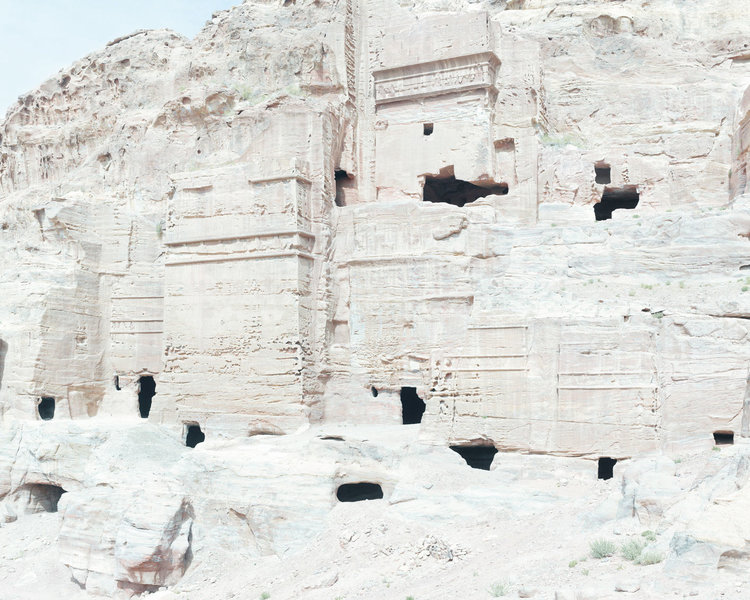WITH BAS PRINCEN: DESIRE
BY SUSANA VENTURA
We present an informal exchange of ideas about Bas Princen’s photographs resulting from several conversations. It is divided into three chapters: a first about desire or what makes an image come into being, a second dedicated to composition or about the photographs as autonomous lived spaces and works of art and then a third and last chapter about the instruments and the techniques as modes of connection between the photographer, the camera, the reality and the real that the photograph creates and presents.
SV: A first and basic question: your main education is in architecture (you’ve graduated from the Berlage Institute in Rotterdam), but your main occupation is photography and architectural photography in particular. What drove you into photogra- phy and how did architecture play a role?
BAS: To me it’s not about document at all. It’s about something completely different even though things might look very straightforward that I photograph or very banal how they are photographed, that’s not the intention...
SV: So, what drove you into photography or when did you decided to become a photog- rapher instead of an architect?
BAS: You don’t decide it. This is the funny thing, of course.That’s something that happens. But you could say that there were some ingredients that made it happen. When I was studying at The Design Academy at the time I was there it was called Academy for Industrial Design, I was there or I went there in order to start to design things – well, that was the intention...
SV: But you are still designing things...
BAS: Not really, not anymore, but for instance, when I am teaching, I am teaching architecture, and not photography, so there is quite a lot... I know quite a lot about it, I follow it up, I know what is going on in the world of design and architecture more in architecture than in design – and somehow I use that in my photography, but I don’t practice anymore. It’s a different occupation and you need to have other different skills and sensibilities.
SV: Yes, but what I was saying is that you are still designing in the space of the photograph, because you’re designing, constructing and fabricating landscape and buildings in the space of the photograph. What lives in the space of a photograph of yours doesn’t exist exactly in reality. There are several techniques that allow you to play with the reality and that make a photograph a construction, a way of seeing things, of seeing light, of seeing volume, of seeing colour... In the end, you’re designing. In architecture, you deal also with light, volumes, colour, empty space, mass...
BAS: You could say that, in The Design Acad- emy, there were a couple of things that set it off, several ingredients of which one was a very strange course that was called – it was in the first year – it was called “Optical Grammar Studies”.
SV: It is quite unusual!
BAS: Yes, it’s quite unusual. It was a course in which you had to start to understand how to organize a piece of paper on which you had to add a certain amount of lines or points, in a way you had to reorganize it. It was super abstract, you never knew if you were doing it right or wrong, because basically it involved putting three dots or a hundred dots... And after a while, you intuitively apply certain rules to follow up one decision after the other. I don’t know if you understand what I am talk- ing about...
SV: Perfectly! It’s a very Bauhaus way of teaching!


